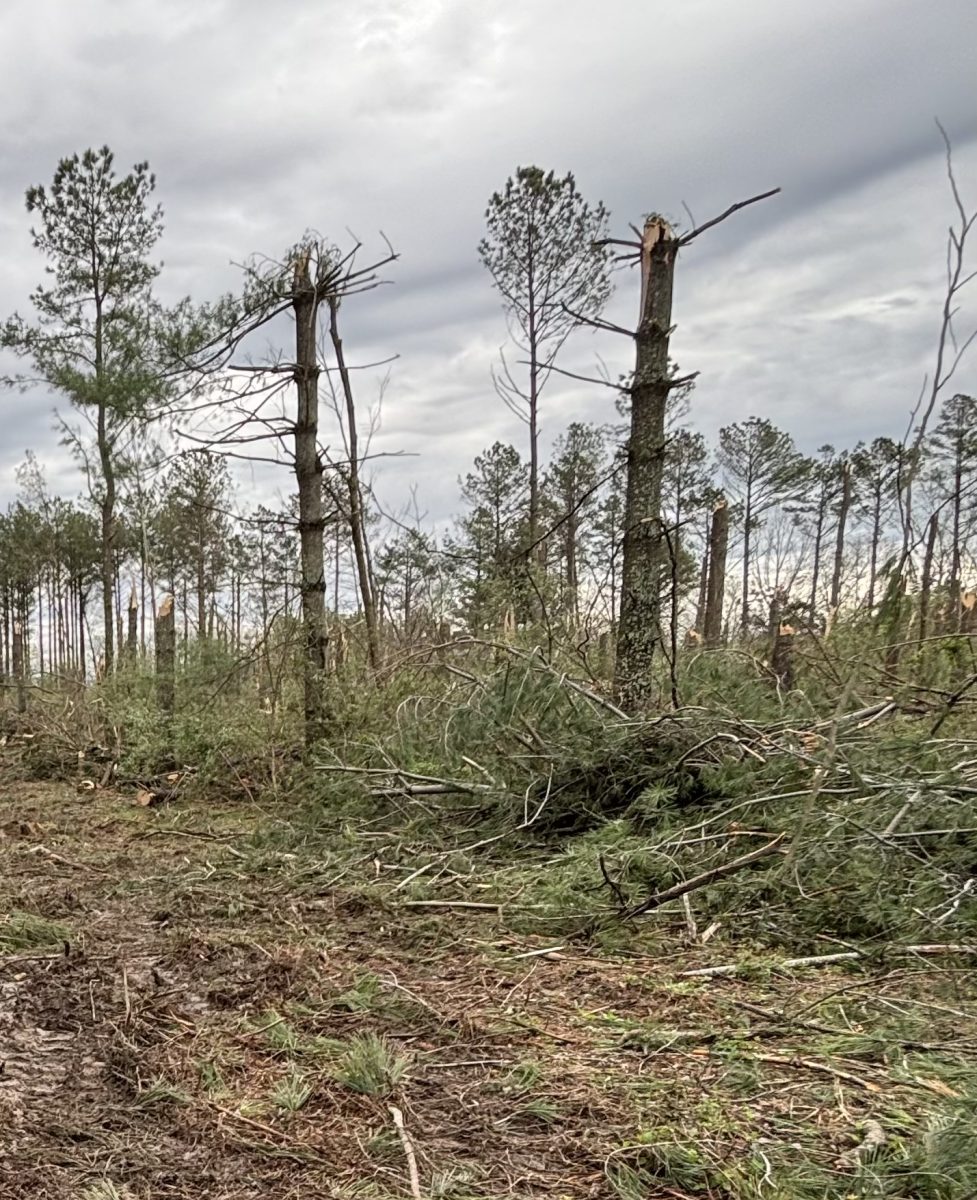Meth and its effect
October 14, 2007
In search of a solution to the local crystal methamphetamine problem, the Jackson County Sheriff’s Office and the Illinois Sheriffs’ Association have added new resources to their arsenal.
The Jackson County Sheriff’s Office was awarded two grants through the U.S. Department of Justice. The office was awarded a $450,000 Community Oriented Policing Services Grant, which will fund the formation of a meth task force to cover both Union and Jackson County said Tom Busch, administrative assistant to the Jackson County Sheriff. The formation of this task force is currently in its beginning steps.
The other grant – The Project Safe Neighborhood Grant for $107,000 – will be used to combat drugs, including meth, but will be concentrated on three target areas in Murphysboro, Busch said.
Advertisement
Meth carries many problems with it besides its potential abuse and production. In some cases, meth addiction can result in property damage, stealing and many social ramifications, Busch said.
“It is probably harder to find an aspect (of life) not affected by meth,” he said.
Eric Linster of Southern Illinois Regional Social Services said meth could be produced primarily from household projects and, because of the easy access to ingredients, it is a major problem not only in Jackson County, but many rural areas in the Midwest.
One of the key ingredients in meth’s production is anhydrous ammonia, which is a common chemical used in farming, Linster said.
With 26,000 of Jackson County’s 60,000 citizens living in unincorporated areas, Busch said Jackson County represents a potential meth threat.
Because of its rural demographic, methamphetamine labs are a specific concern in southern Illinois. According to Methnet, a Web site run by the Illinois State Attorney General’s Office, there were 71 meth labs seized by the Illinois State Police in 2005.
Between October 2006 and September 2007 there were 22 total meth lab instances, including meth lab dump sites, which constituted the majority of the busts, according to Melinda Woker of Jackson County 911.
Advertisement*
While a meth lab is anywhere the drug is made, a meth lab dumpsite is the location where people producing the drug have discarded the materials they used, said Sheriff Tom Burns.
There are two types of meth labs, large batch labs and small batch labs. Large batch labs produce as much as 100 pounds of the substance, but are mostly located on the West Coast, said Tom McNamara, former director of The Southern Illinois Enforcement group.
Small batch labs produce no more than one to two ounces per batch, and are a problem in southern Illinois, McNamara said. The dismantling process of a meth lab is complex, and requires trained dismantlers to be covered head to toe in protective clothing sealed off by tape, McNamara said.
“If we have to, we’ll have to shut down the reaction process itself, which is very, very dangerous,” McNamara said.
Sometimes, due to the pollutants in the air caused by meth production, self-contained breathing apparatuses are required, he said.
Small samples are taken from the labs for court purposes and the rest of the materials are given to companies that specialize in hazardous waste, McNamara said.
State law enforcement is also turning to television to support the campaign against meth use.
The Illinois Meth Project, which is sponsored by the Illinois Sheriffs’ Association, has begun to air anti-meth public service announcements. There are twelve public service announcements scheduled to air on MTV, which offer a graphic look at meth use and its addictiveness.
One such commercial shows a girl overdosing on meth in the back seat of a car. The people she is with then proceed to dump her in front of a hospital and drive off, all the while playing a chilling commentary from the girl on the strong bond between them.
The commercials, which originated in Montana as part of the Montana Meth Project, have been successful in the Montana area. When The Illinois Sheriffs’ Association heard of these commercials, it became interested in bringing them to this area, said Bob Howlett, deputy director of the Illinois Sheriffs’ Association.
Daily Egyptian reporter Katie Kienast can be reached at 531-3311 ext. 262 or at kkienast@siu.edu.
Advertisement









